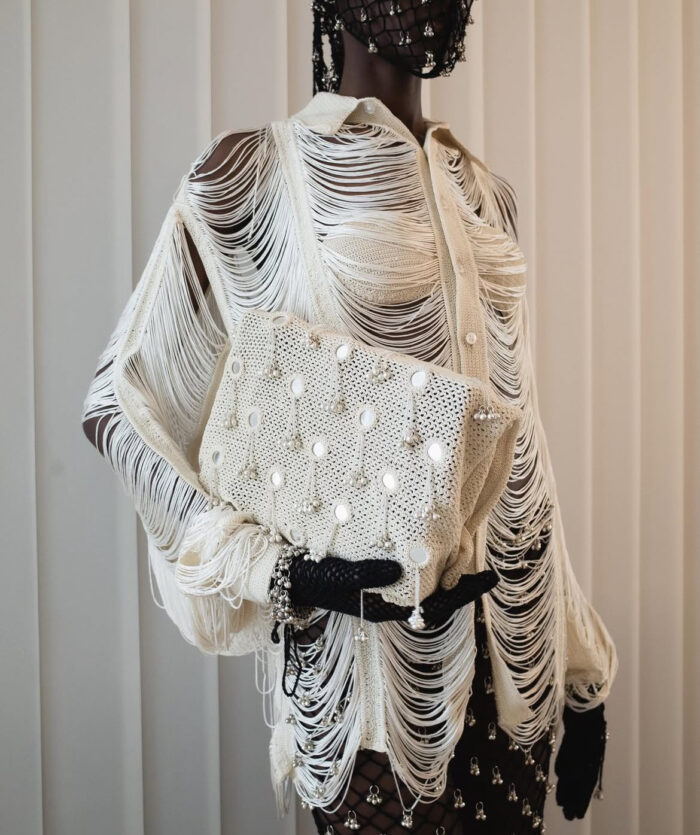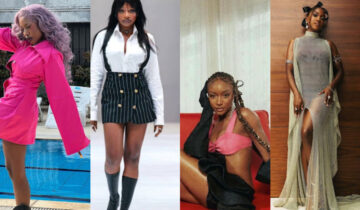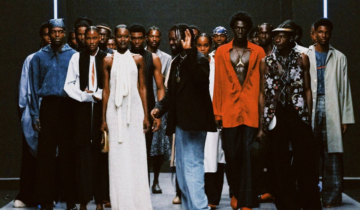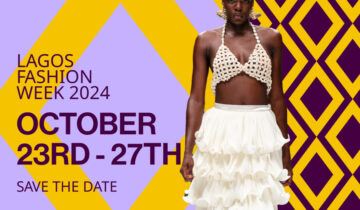What comes to mind when you think of African fashion? Perhaps it’s the ritual of visiting a tailor for a custom-made outfit, measured precisely for you, crafted from fabric handpicked for the occasion. Pink for the bride’s family, green for the groom’s. A modest yet elegant dress for your first Sunday service. Gold to honour your grandmother’s legacy. These are the traditions that weave African prints and hues into the fabric of our lives, leaving them draped over chairs and folded in wardrobes, rich with meaning
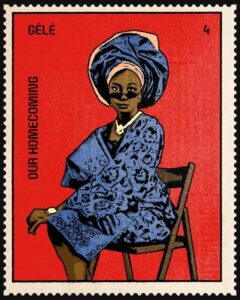
And yet, while we reserve these culturally significant, bead-adorned textiles for special occasions, much of our everyday wear — cotton tees, polyester blouses — still mirrors Western styles. The effects of colonisation, followed by globalisation and the rise of the second-hand clothing trade, have diluted the presence of African garments in casual fashion. Foreign trends are often favoured over homegrown expression. But we’re in the midst of a shift. Across the continent, a new wave of designers is reclaiming African fashion, pushing boundaries and redefining its place in global style
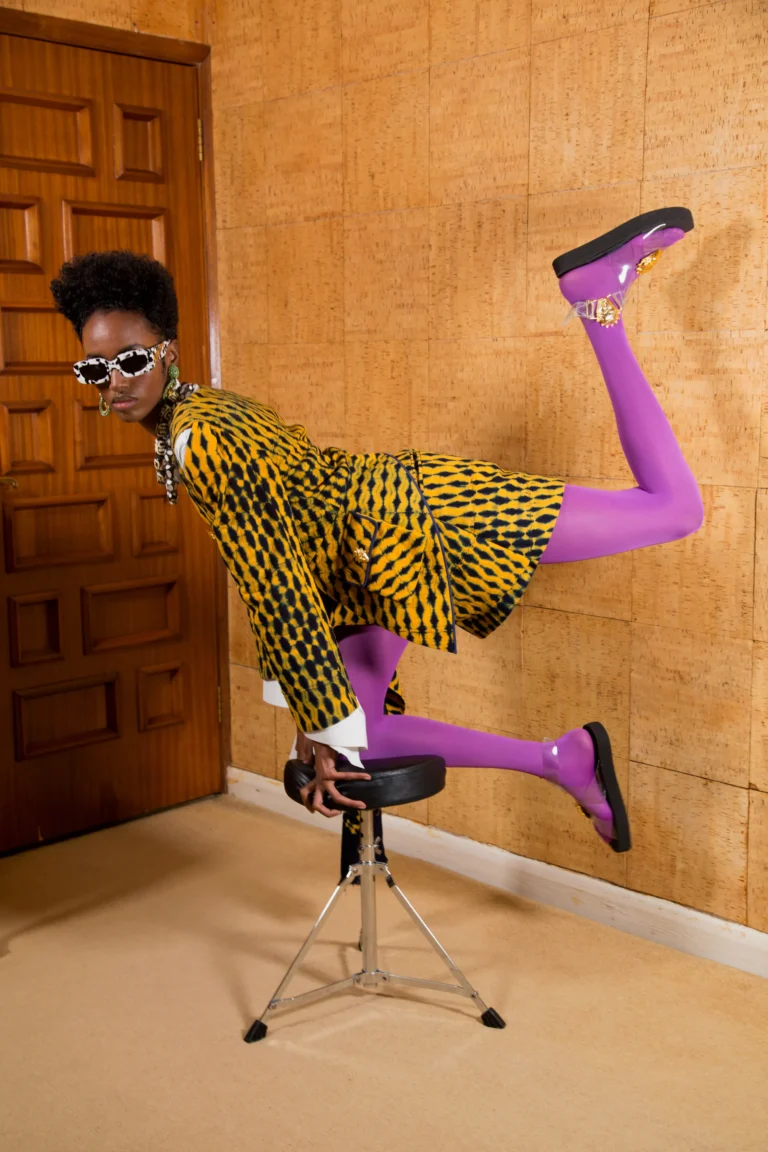
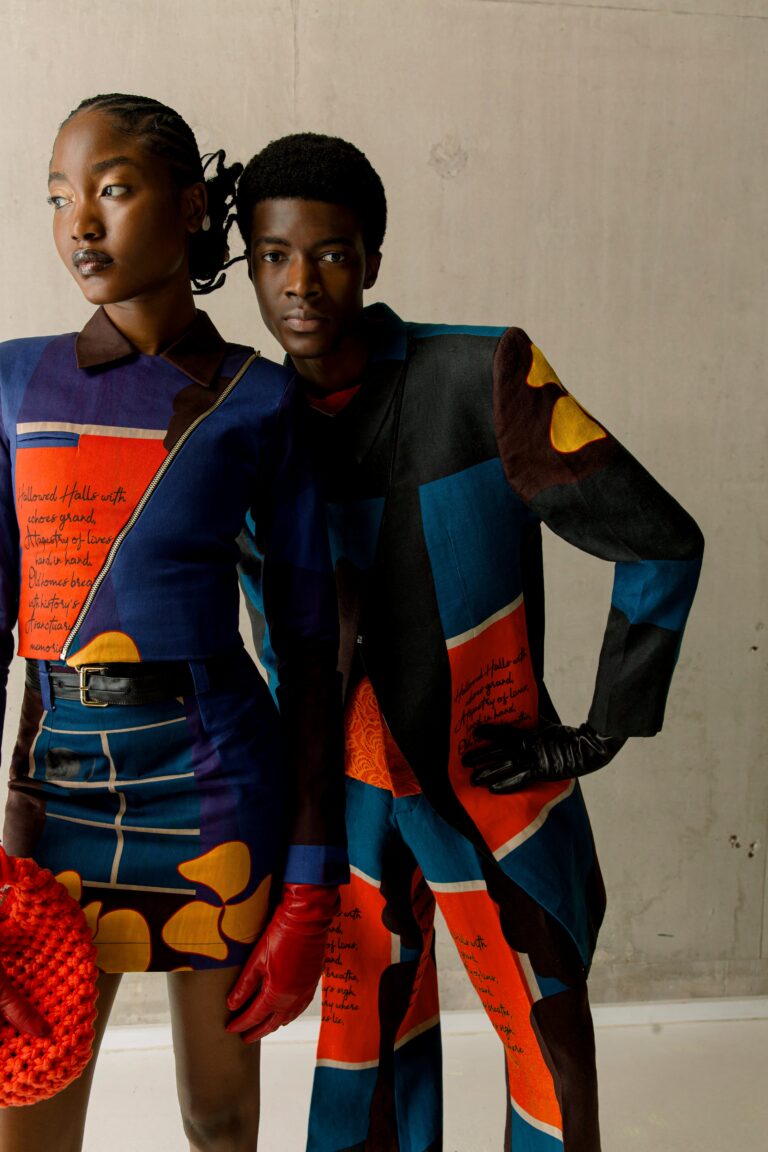
Buying from African designers means investing in local artisans, sustaining age-old craftsmanship like Adinkra symbol-printing in Ghana or Aso Oke weaving in Nigeria. The most exciting part is the way in which today’s designers are reimagining tradition, taking the familiar weight of Ankara, the geometry of Kente, or the earthy elegance of Bogolan, and cutting them into sharp blazers, flowing gowns, and streetwear that speaks to a global audience. They’re not just preserving heritage, they’re propelling it forward, stitching history into the future.


As African designers continue to redefine and shape African fashion on the global stage, we’re all invited to take part in the story — and to make space for it in our closets.
Written by Gbemi Adesina










